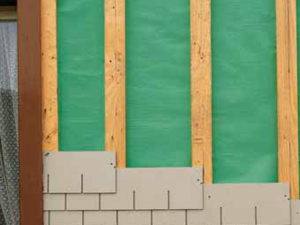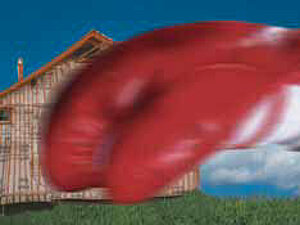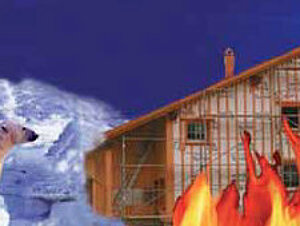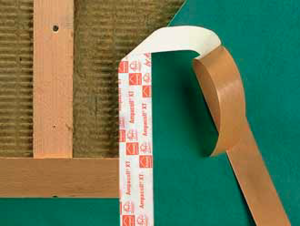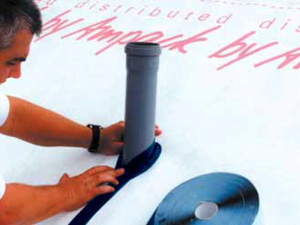Wind tightness
A house that is wind-tight should also be airtight. Why are these terms which are so similar in meaning so clearly separated from each other? The answer is obvious and simple. The wind seal protects the building shell against the wind penetrating into all cracks/gaps from the outside; the airtight layer, however, prevents the outflow of warm ambient air from the interior of the building.
Wind seal
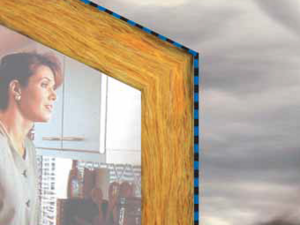
The wind seal prevents cold outside air from flowing through the thermally insulated construction. All the air circulation within the thermal insulation reduces its efficacy.
The wind seal is therefore always on the cold side of the construction.
Airtight layer
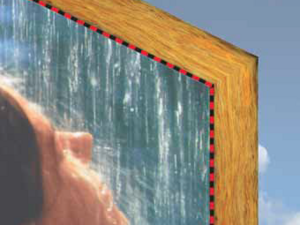
We are now well aware that the airtight layer restricts heat loss due to ventilation on the one hand and, on the other hand, prevents the penetration of warm and humid ambient air into the construction and thus the dreaded condensation damage.
The airtight layer is always on the warm side of the construction.
Nice to know!
Neither of these two must be missing in a thermally insulated lightweight or wood construction. Whilst it is advantageous if the airtight layer is constructed as an airtight vapour check, the wind seal must be as vapour-permeable as possible. In this way we obtain a structurally perfect, long-lasting and breathable building shell.
The wind seal
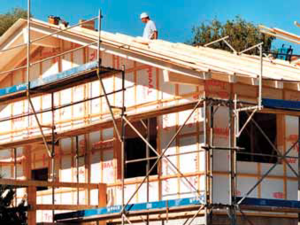
Wind seal in the construction phase
Curtain walls are often left for months without any form of lining. There are different reasons for this and it occurs at any time of the year. Here the wind seal protects the thermally insulated construction against external factors such as wind, rain, snow, etc., which especially load the cross joints.
Nice to know!
A wind seal is mainly used in ventilated façades. In the case of roofs, the roof membrane should also perform the function of a wind seal. In addition to the complete protection against wind, it has a range of other functions to fulfil. Here we must distinguish between the construction phase and the usage phase.
The requirements for a wind seal
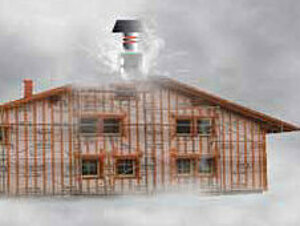
Water vapour diffusion
A wind seal must be extremely vapour-permeable, so that the moisture in the construction can escape unhindered into the ventilation space. Even during the construction phase there is a great deal of trapped moisture and then later moisture is produced in the interior of the building due to use.
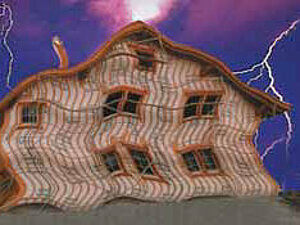
Wind and weather protection
A wind seal must be airtight and rainproof so that it can fulfil its basic function. However, there are few materials that are rainproof and vapour-permeable at the same time! Unfortunately, the values are often glossed over in practice.
The correct execution of the wind seal
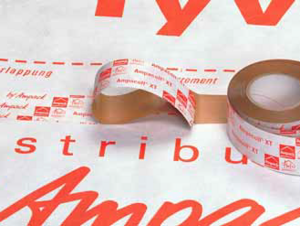
Clean, wrinkle-free processing
The wind seal must be laid flat and must not have any large wrinkles. This could impede the ventilation, and a flapping sound might even occur in extreme cases.

